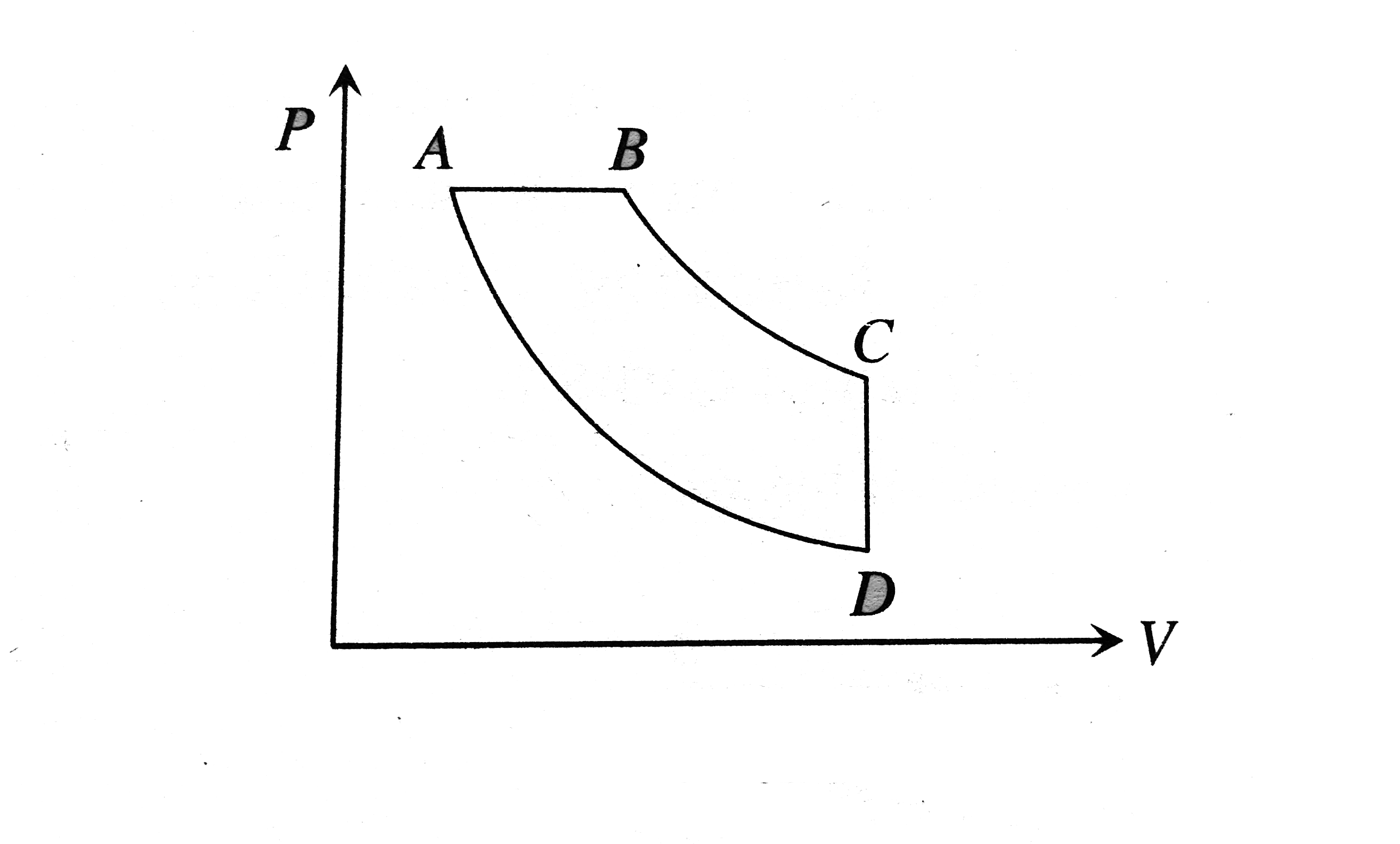Explain following terms :
(i) Isotherm (ii) Isochore (iii) Isobar Solution in Gujrati
(i) Isotherm : At constant temperature the graph of gas plotted between volume and pressure is
e.g. : Boyle.s Law
(ii) Isochore : At constant volume the graph of has plotted between temperature and pressure is known as Isochore.
e.g. : Gay Lussac.s Law
(iii) Isobar : At constant pressure the graph of gas plotted between volume and temperature is known as isobar.
e.g. : Charle.s Law
Topper's Solved these Questions
- BOOK - KUMAR PRAKASHANCHAPTER - STATES OF MATTER EXERCISE - SECTION - A QUESTIONS (Sub Question)3videos
STATES OF MATTER
- BOOK - KUMAR PRAKASHANCHAPTER - STATES OF MATTER EXERCISE - SECTION - A QUESTIONS (TRY YOUR SELF)47videos
STATES OF MATTER
- BOOK - KUMAR PRAKASHANCHAPTER - SOME BASIC CONCEPTS OF CHEMISTRYEXERCISE - Section - D (Solutions of NCERT Exemplar Problems) (Long Answer Type Questions)4videos
SOME BASIC CONCEPTS OF CHEMISTRY
- BOOK - KUMAR PRAKASHANCHAPTER - STRUCTURE OF ATOMEXERCISE - QUESTINS PAPER FROM MODULE (SECTION -D)2videos
STRUCTURE OF ATOM
Similar Questions
Derive Boyle.s formula according to his law.
01:02View SolutionAt 300 K constant temperature gas having 20cm3, 1 bar pressure it is convert into 50cm3 then calculated pressure ?
01:59View SolutionA vessel contains 1.6 g of dioxygen at STP (273.15 K, 1 atm pressure). The gas is now transferred to another vessel at constant temperature, where pressure becomes half of the original pressure. Calculate
(A) volume of the new vessel.
(B) number of molecules of dioxygen.04:22View SolutionExplain Heisenberg’s uncertainty principle.
03:06View SolutionIn the following pressure-volume diagram, the isochoric, isothermal and isobaric parts, respectively, are
 03:15View Solution
03:15View SolutionDefine the terms isotherm, isobar and isochore.
02:45View SolutionWhat are isobaric, isochoric, isothermal and adiabatic processes?
07:20View SolutionAn ideal gas undergoes four processes: isochoric, isobaric, isothermal and adiabatic. In which process is (i) the change in internal energy zero?
03:33View SolutionAn ideal gas undergoes four processes: isochoric, isobaric, isothermal and adiabatic. In which process is (ii) the work done zero?
View SolutionAn ideal gas undergoes four processes: isochoric, isobaric, isothermal and adiabatic. In which process is (iii) the heat exchange zero?
01:00View SolutionDefine the following terms: (a) Isothermal process (b) adiabatic process (c) isobaric proces (d) isochoric process.
01:30:41View SolutionWhat do you understand by isobars, isotherms and isochores? Explain.
42:10View SolutionSolve the previous problem for the cases of an isochoric, an isobaric and an isothermic process.
01:00:51View SolutionExplain the difference between isobaric and isochoric processes.
02:16View SolutionThermodynamics Analysis OF a) Isobaric Process b) Isochoric Process c) Isothermal Process
View Solution

